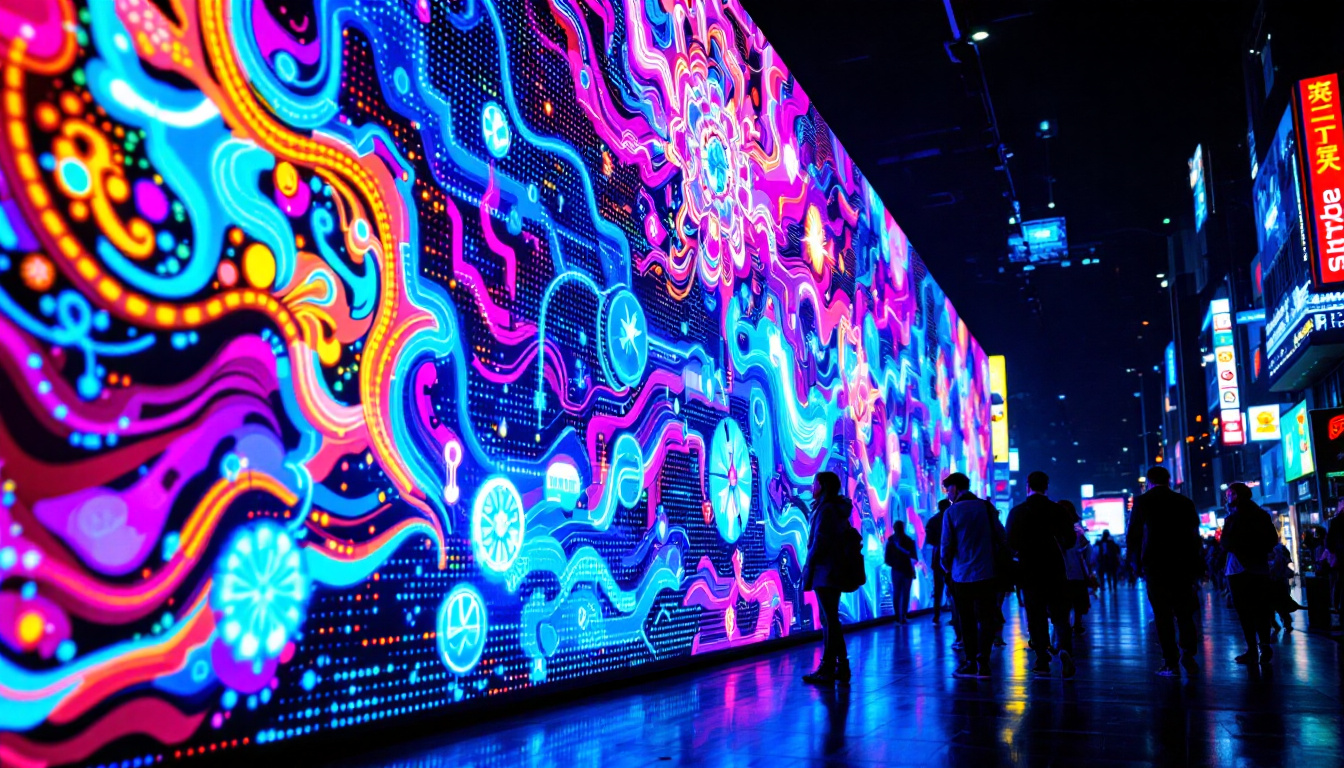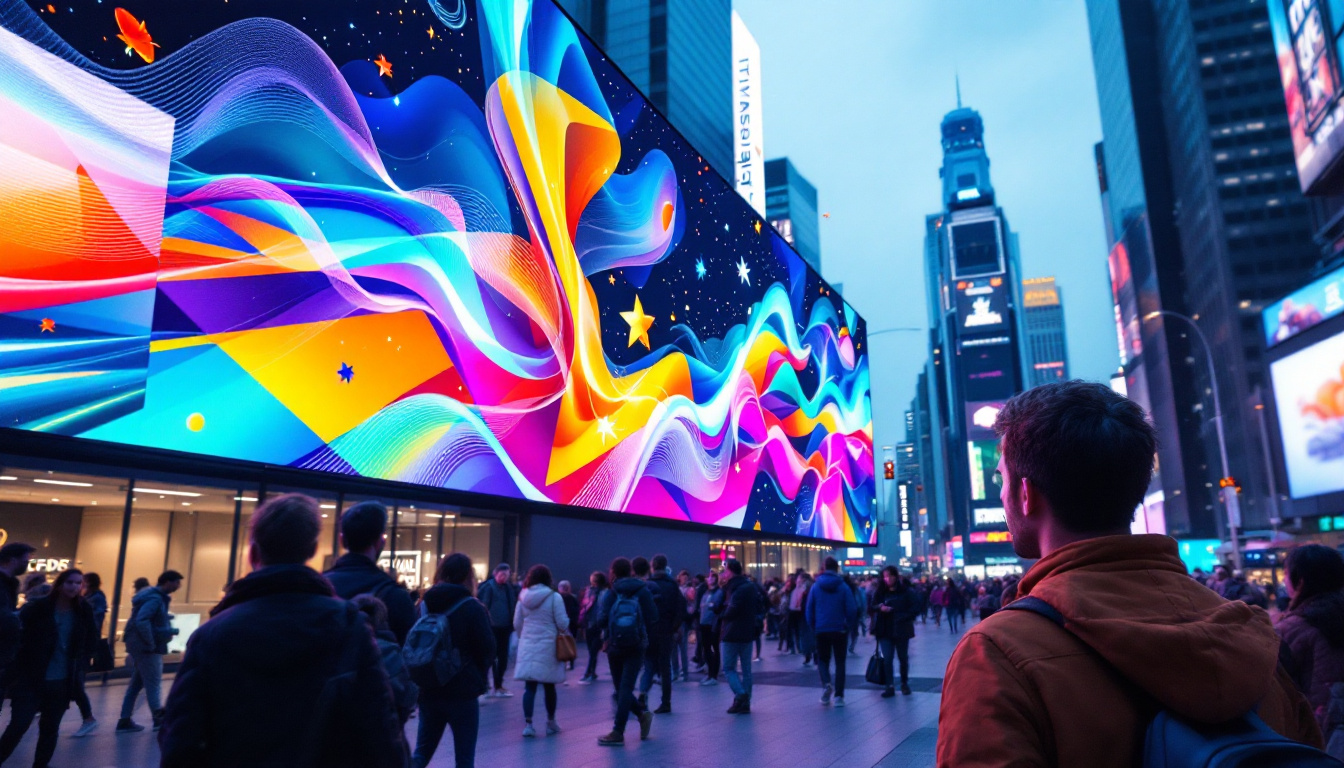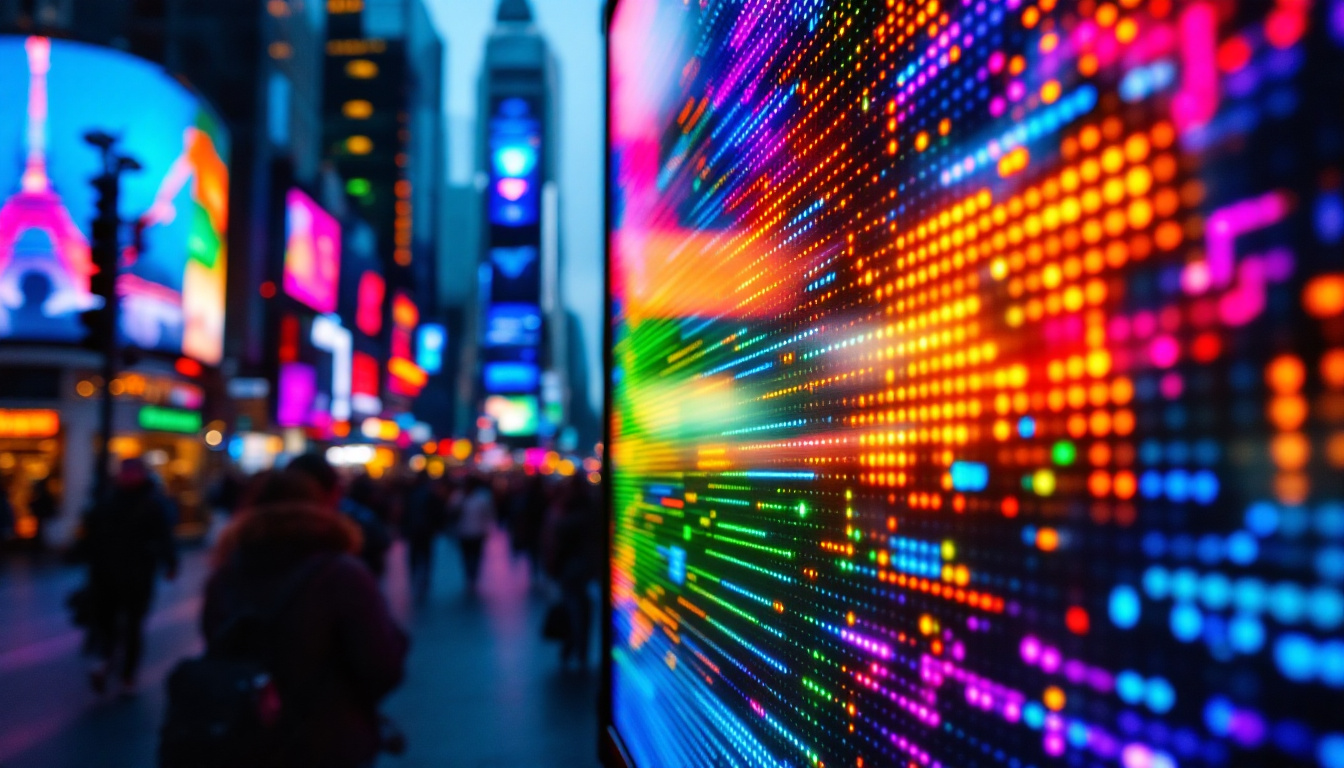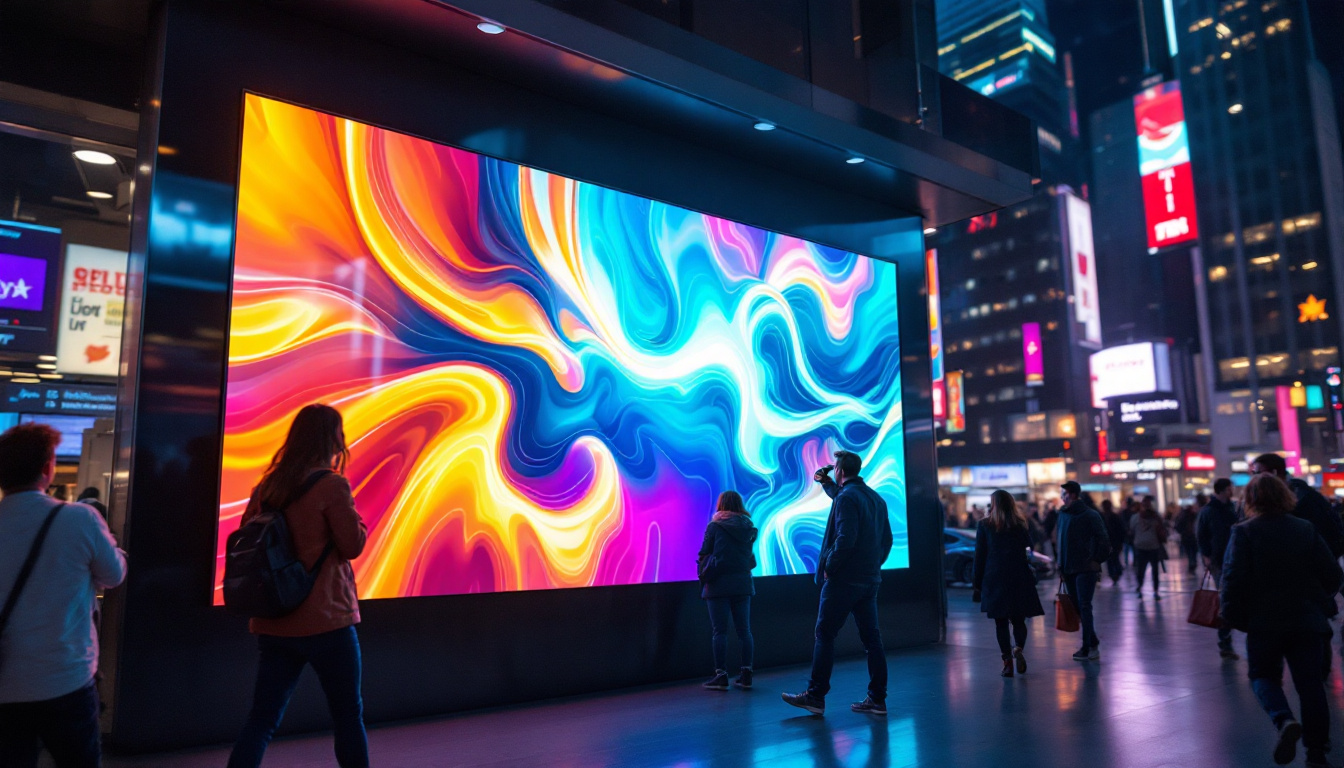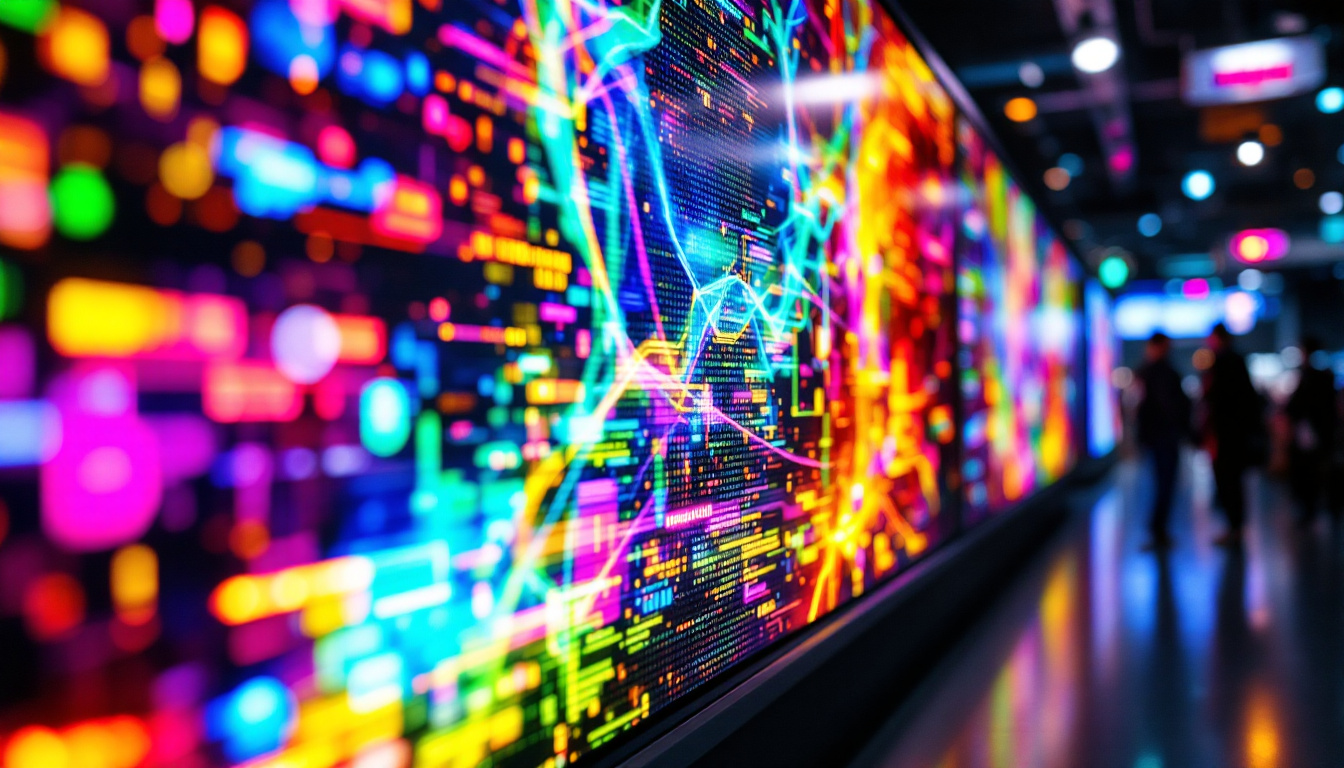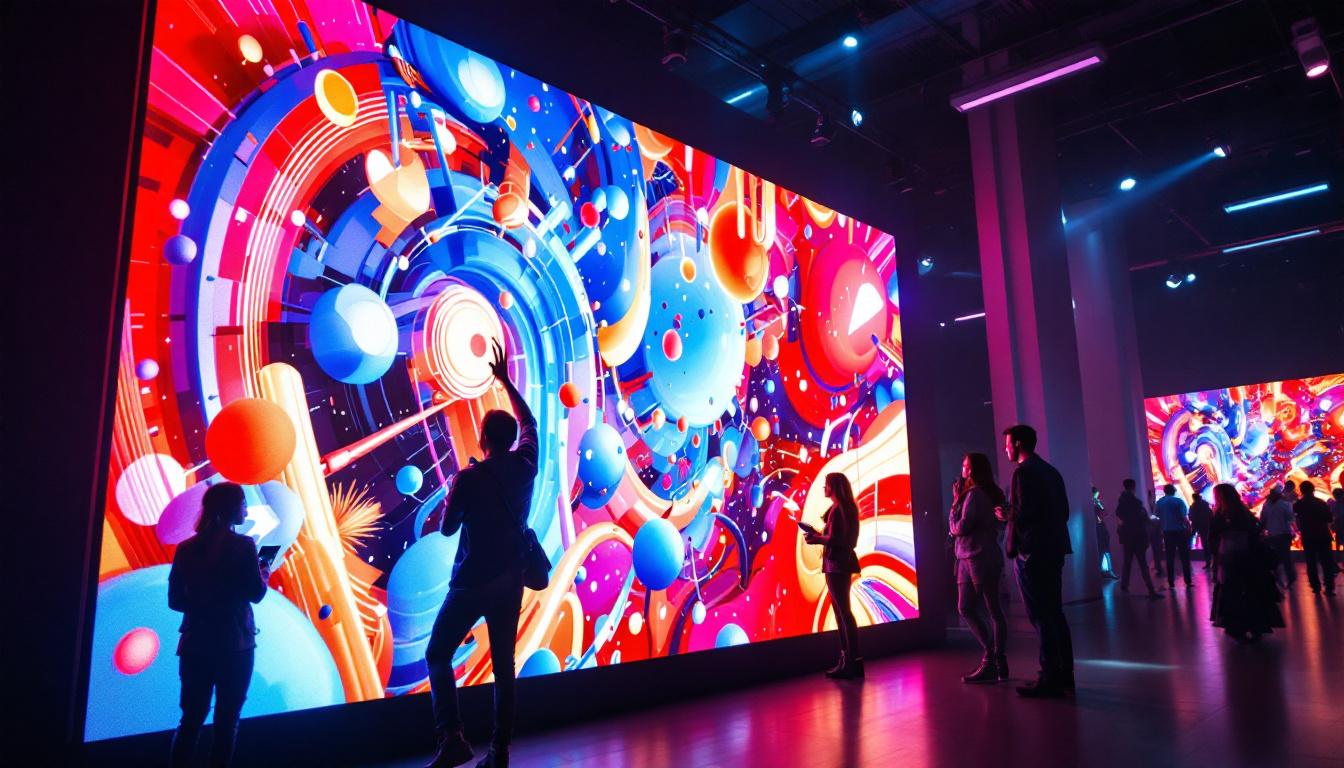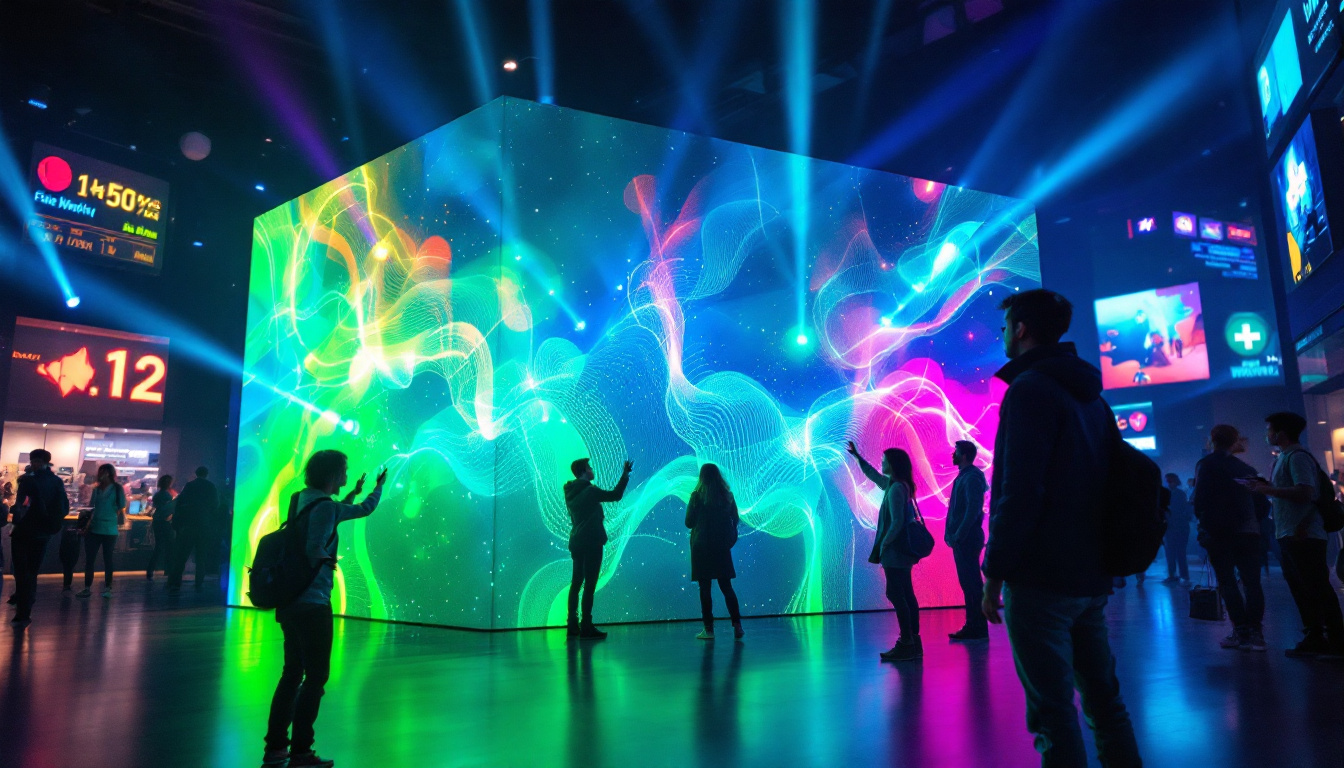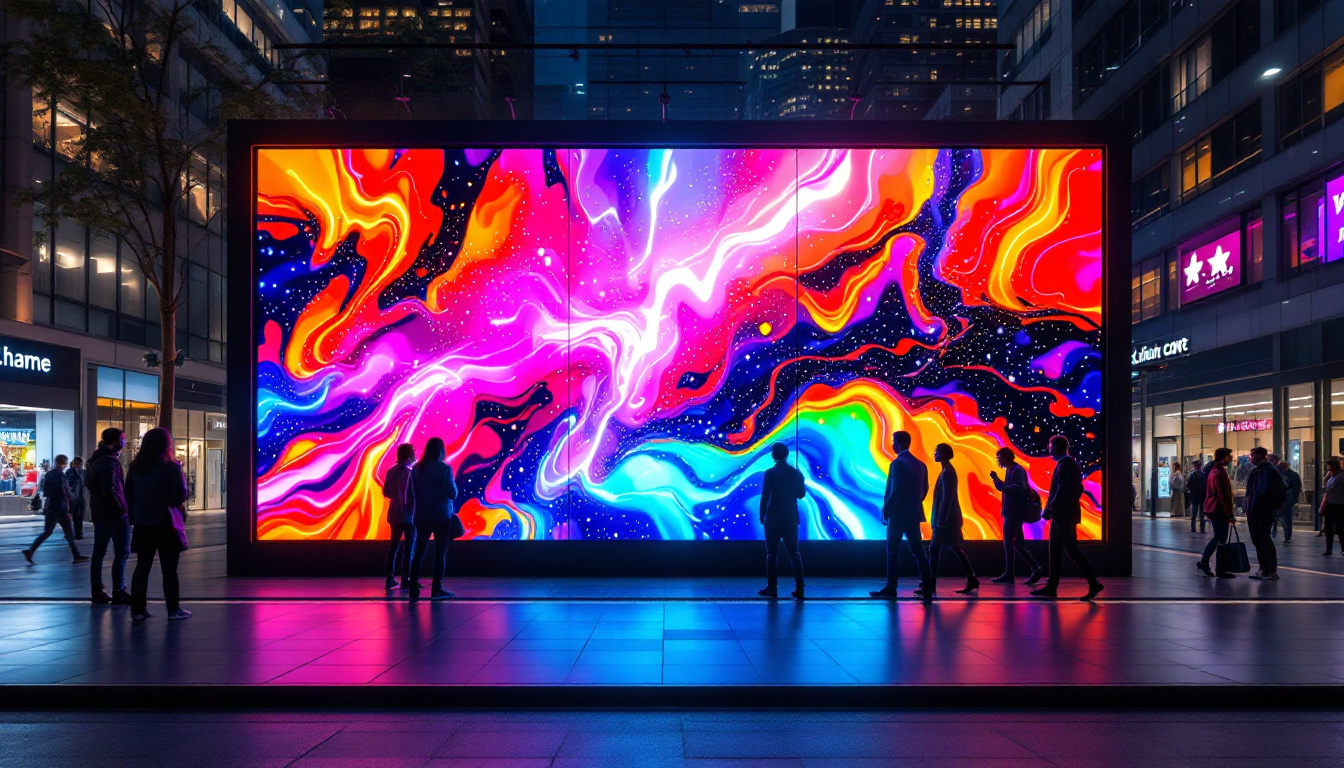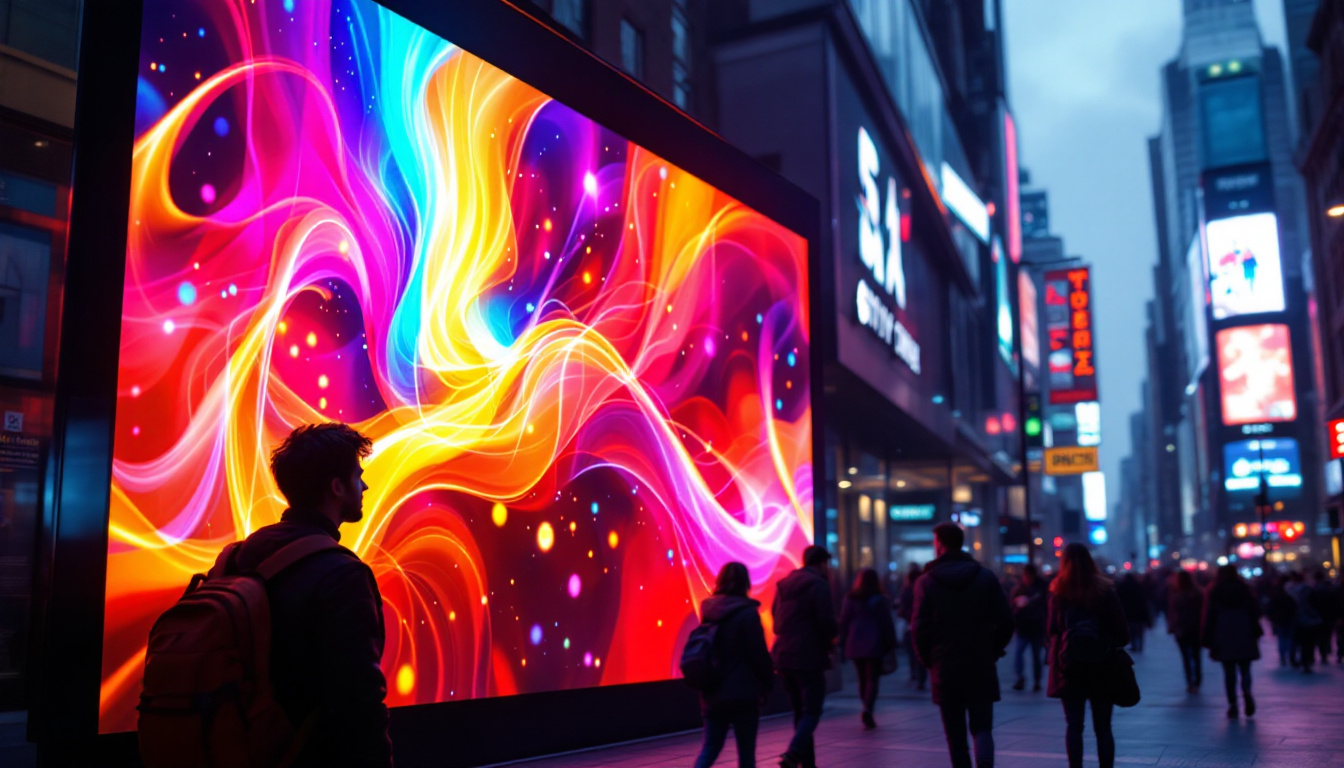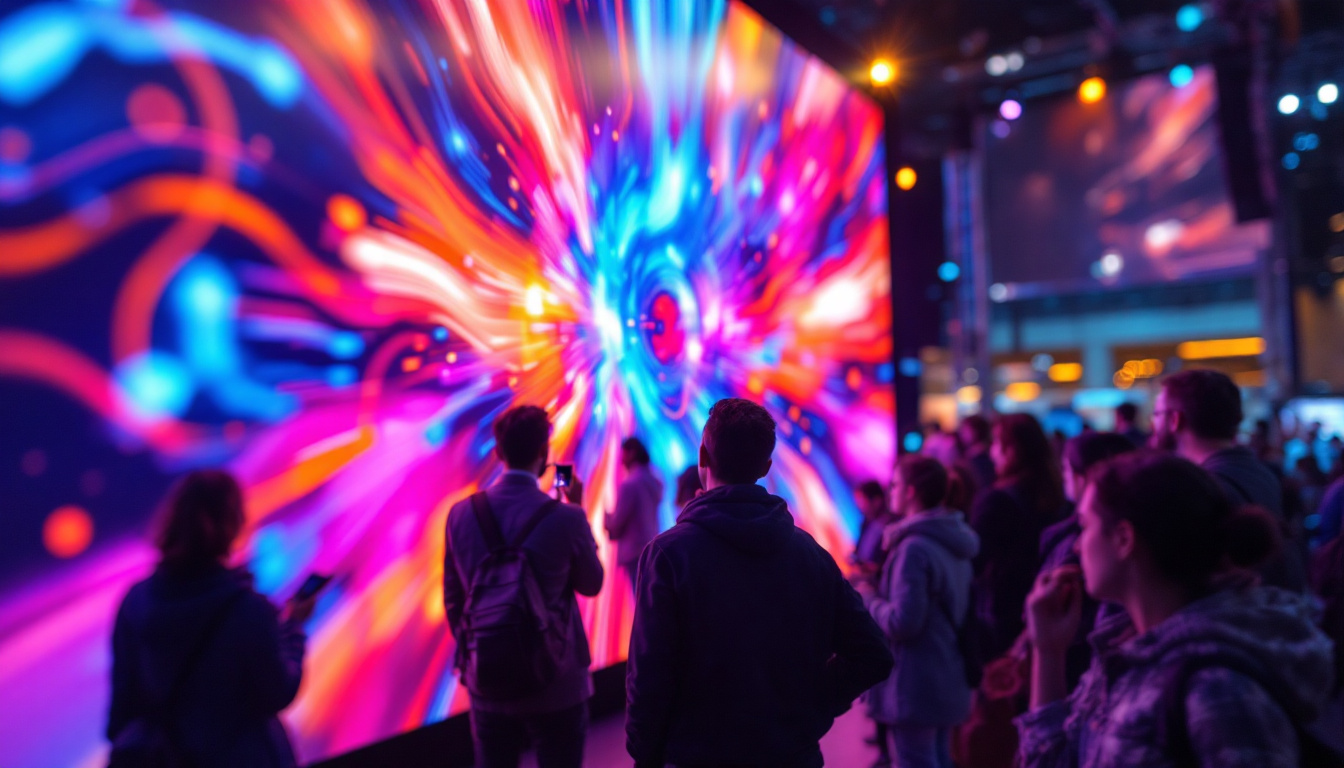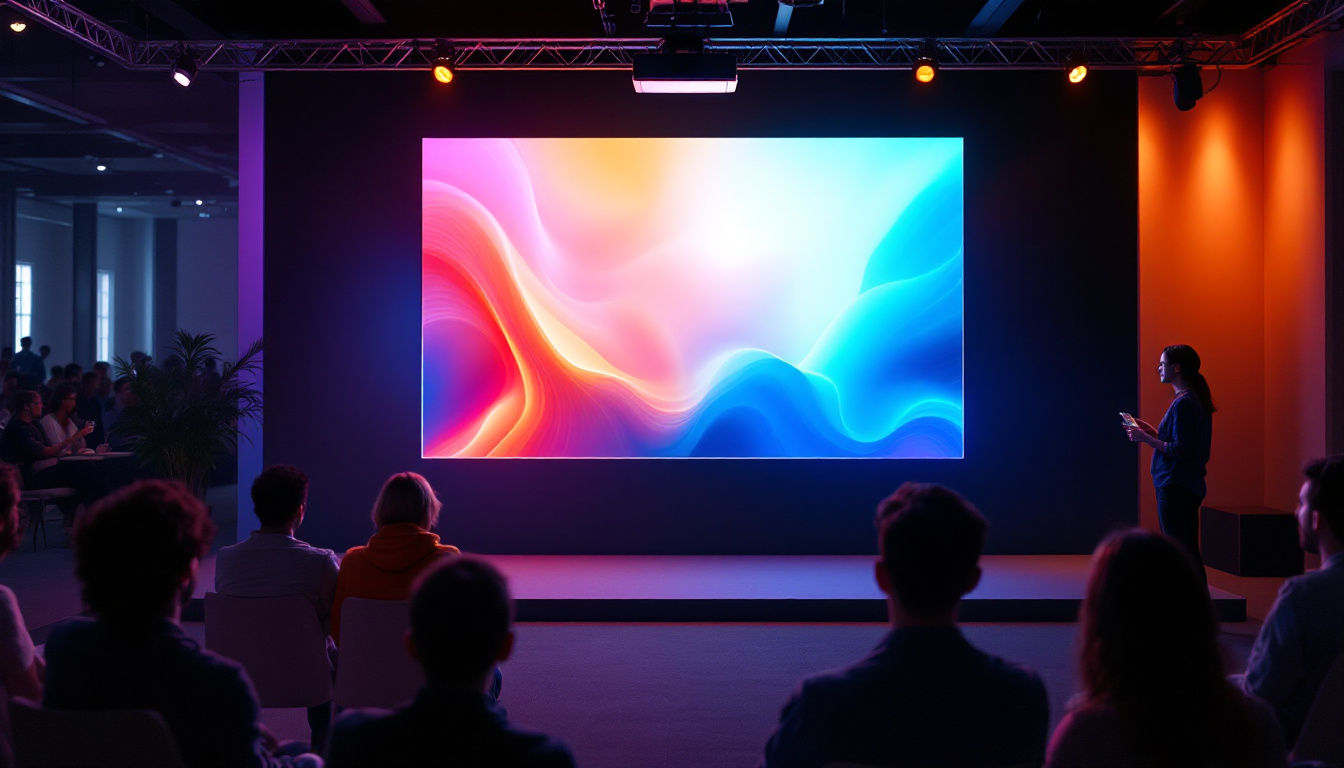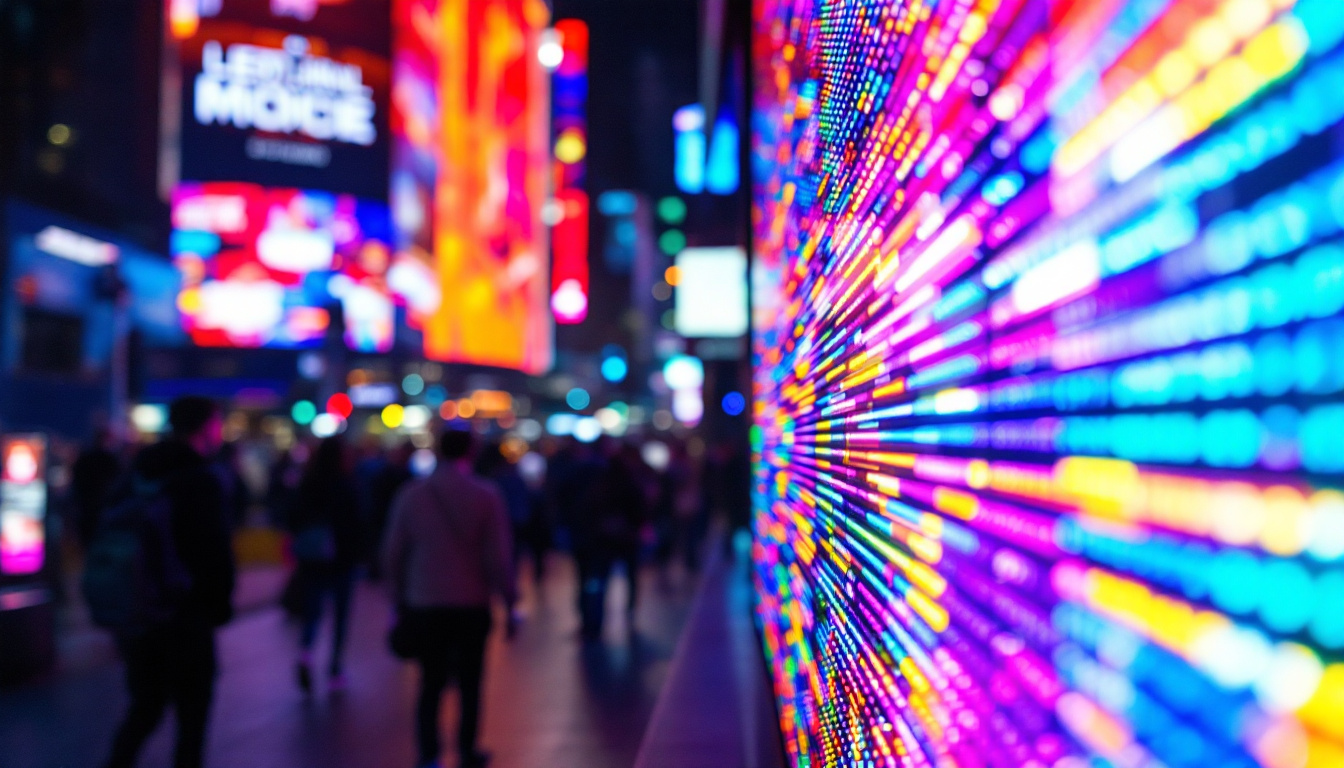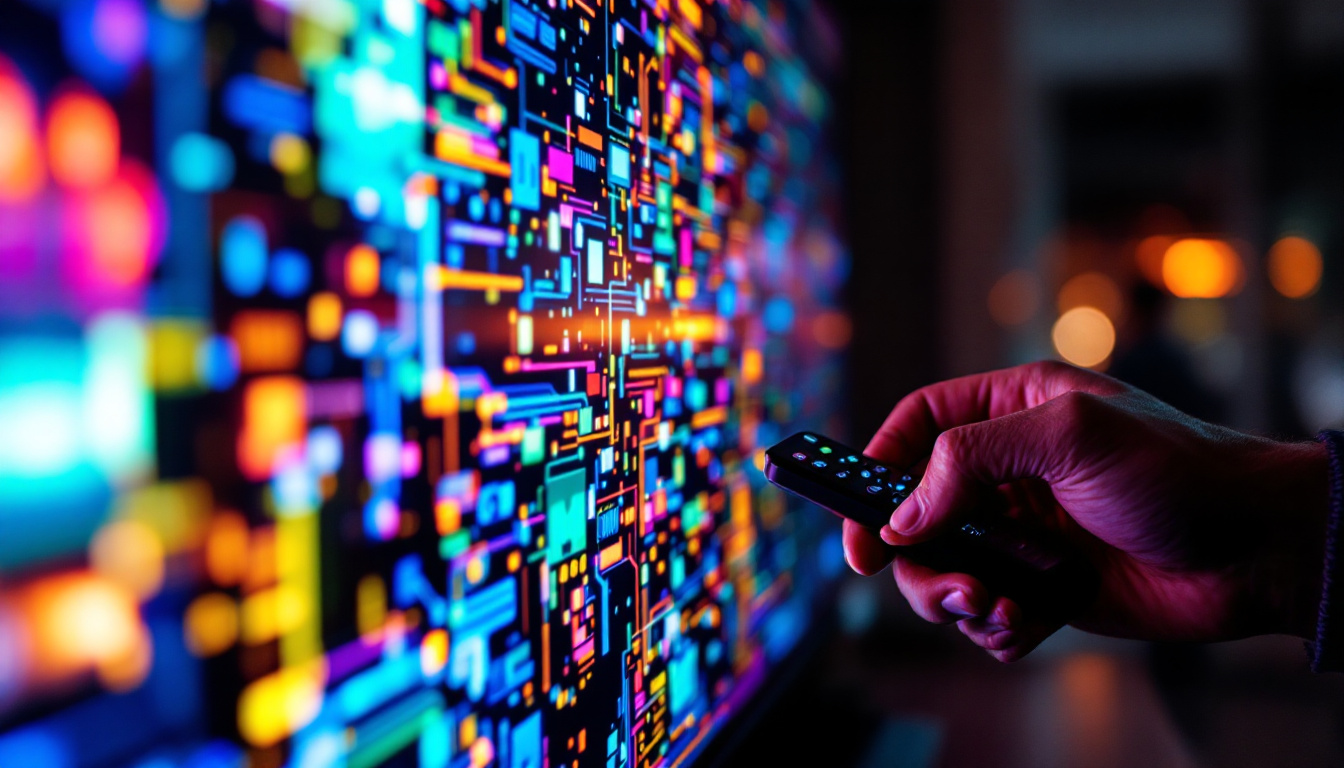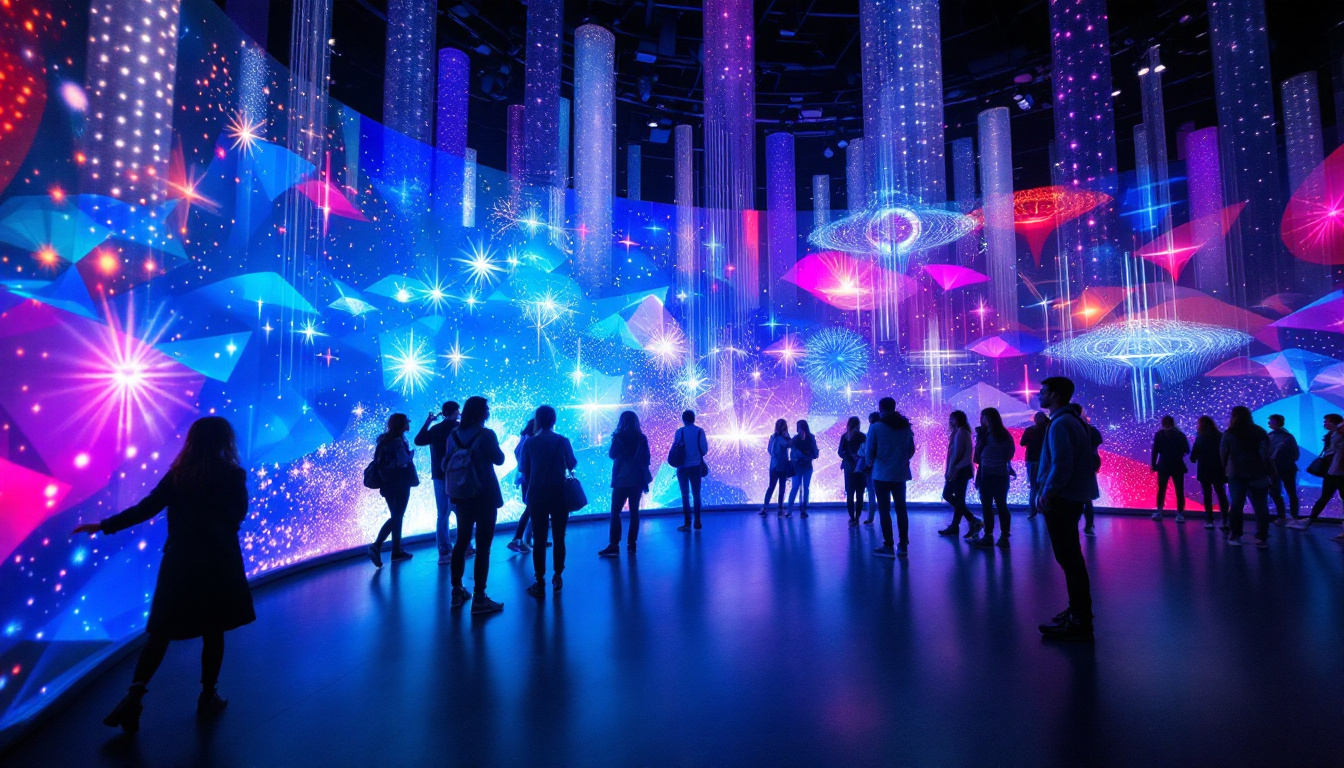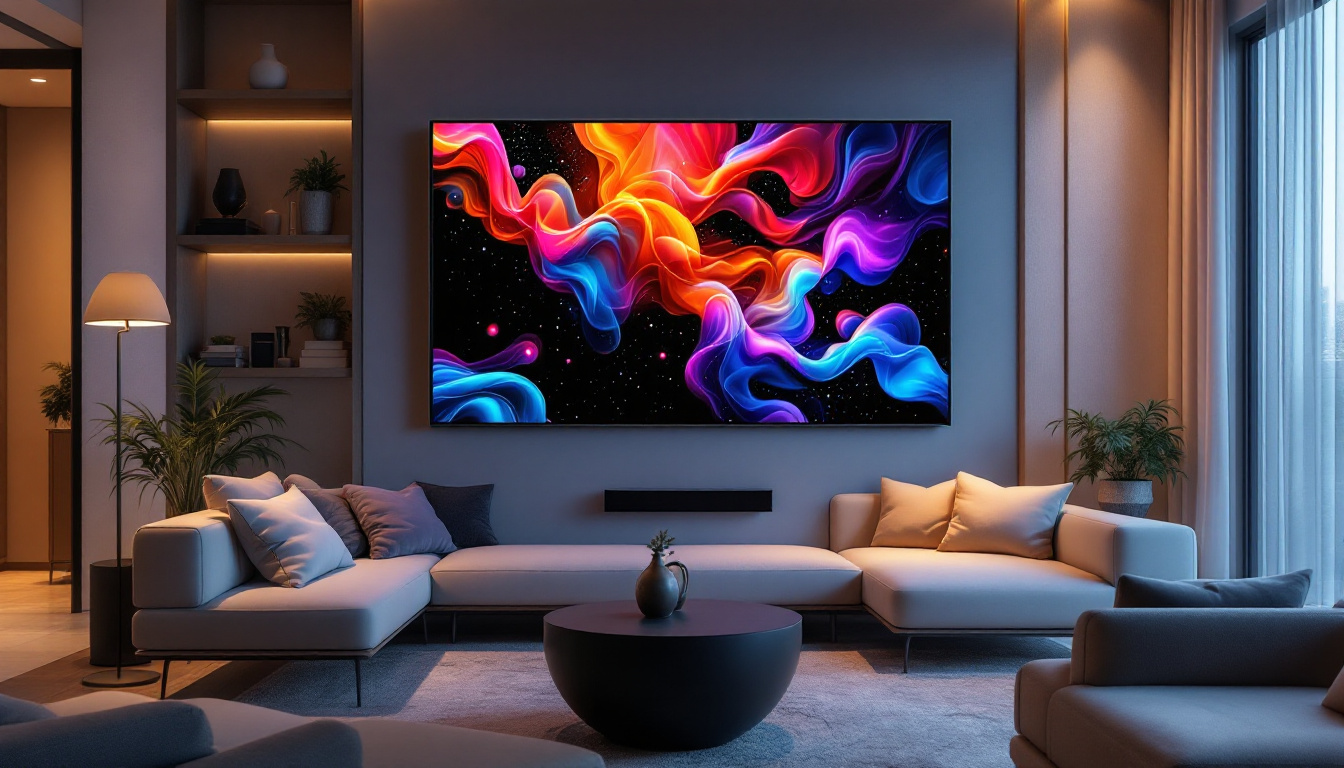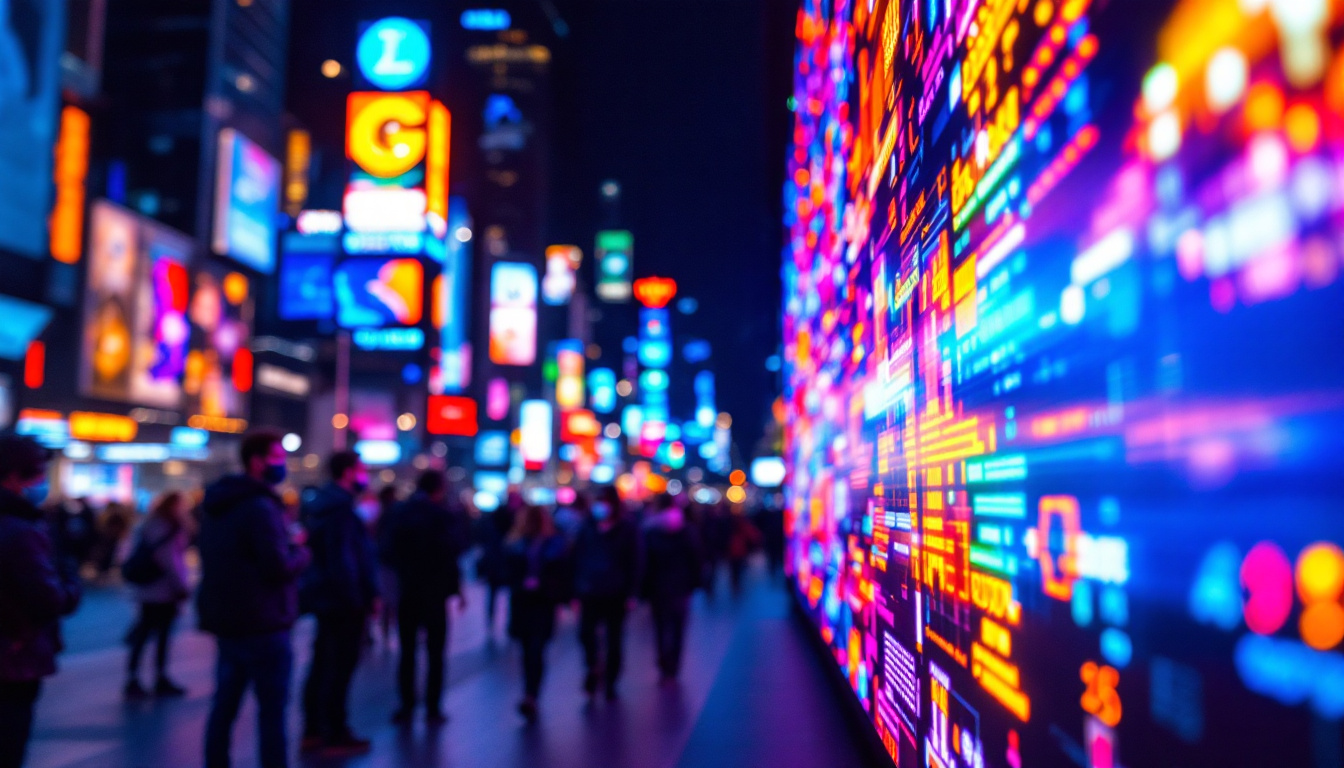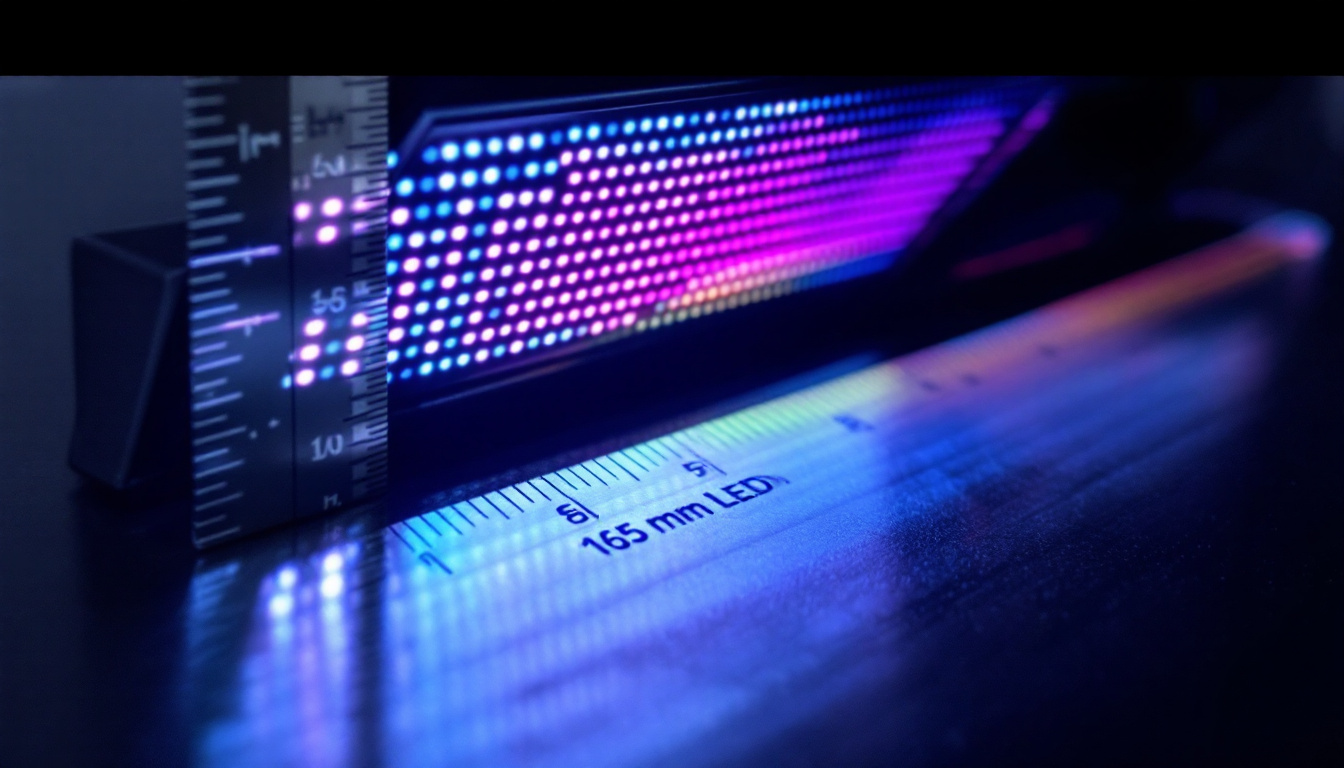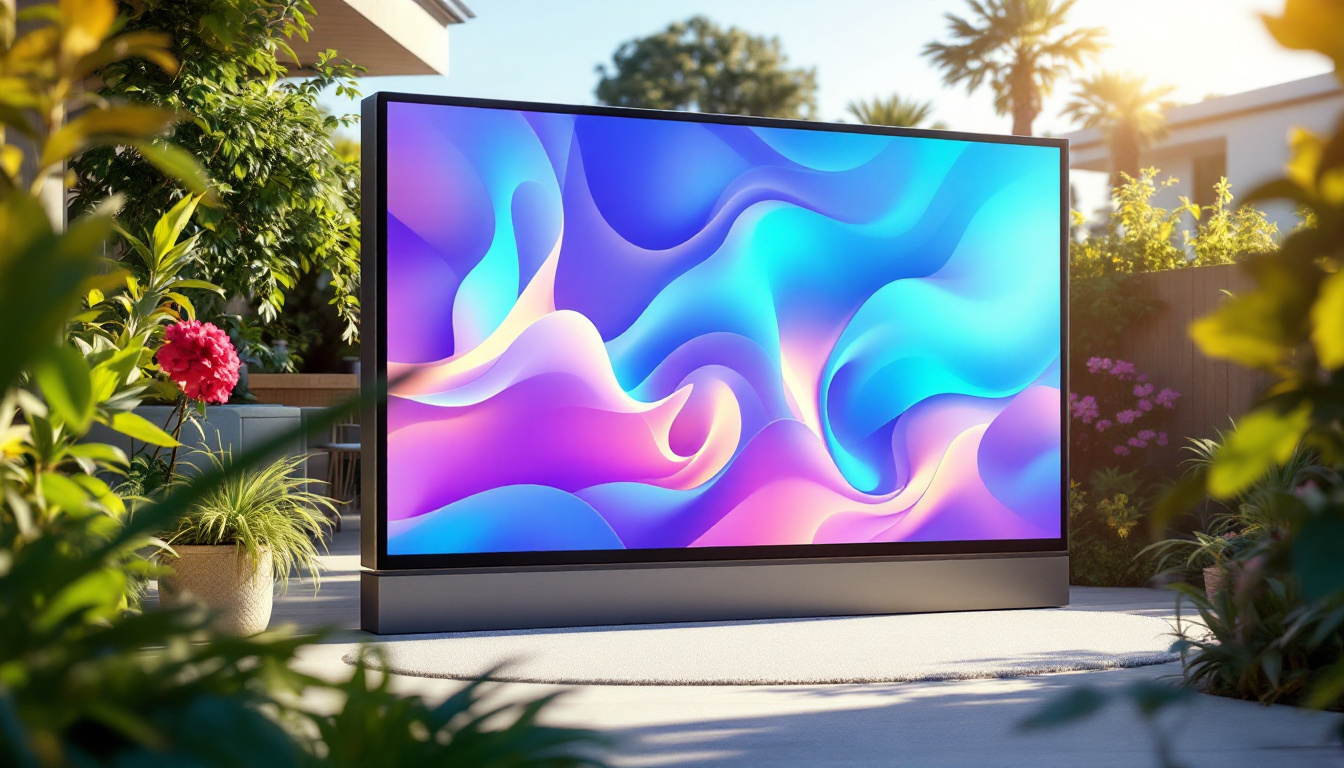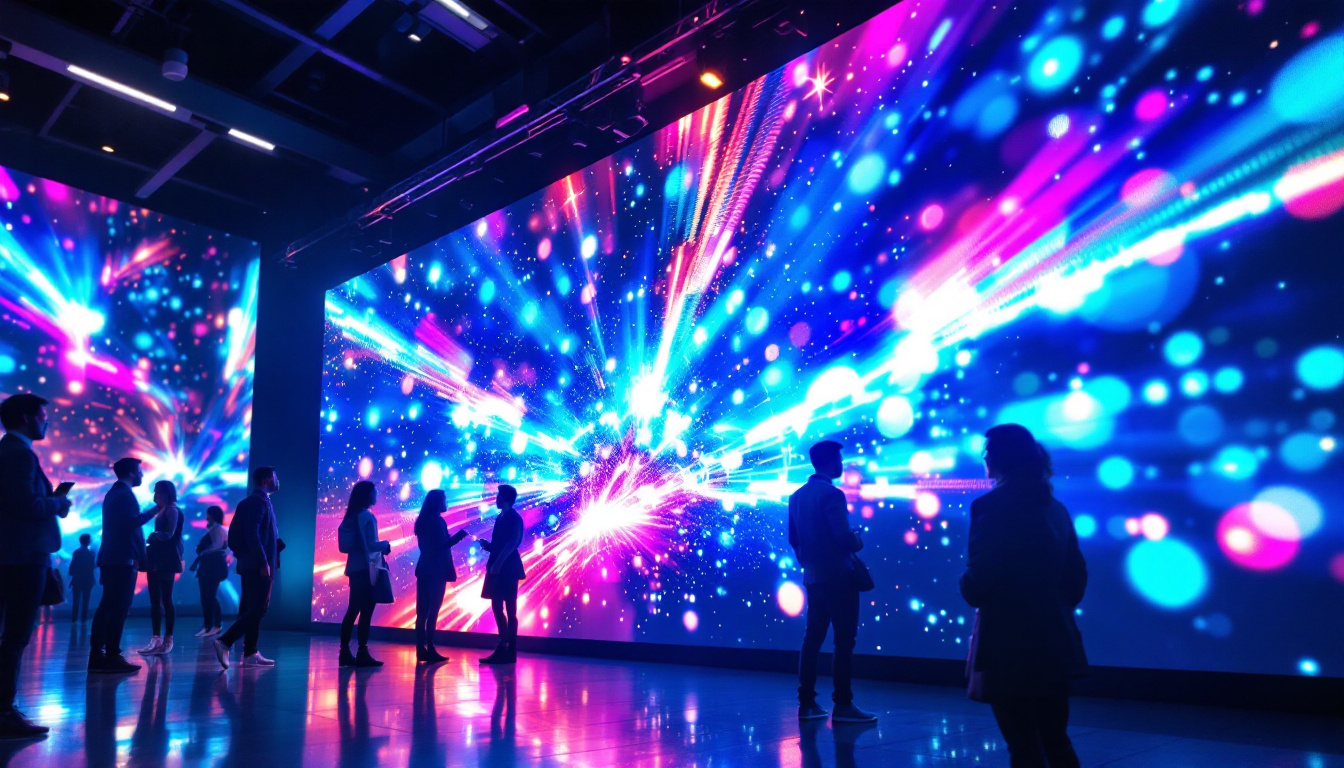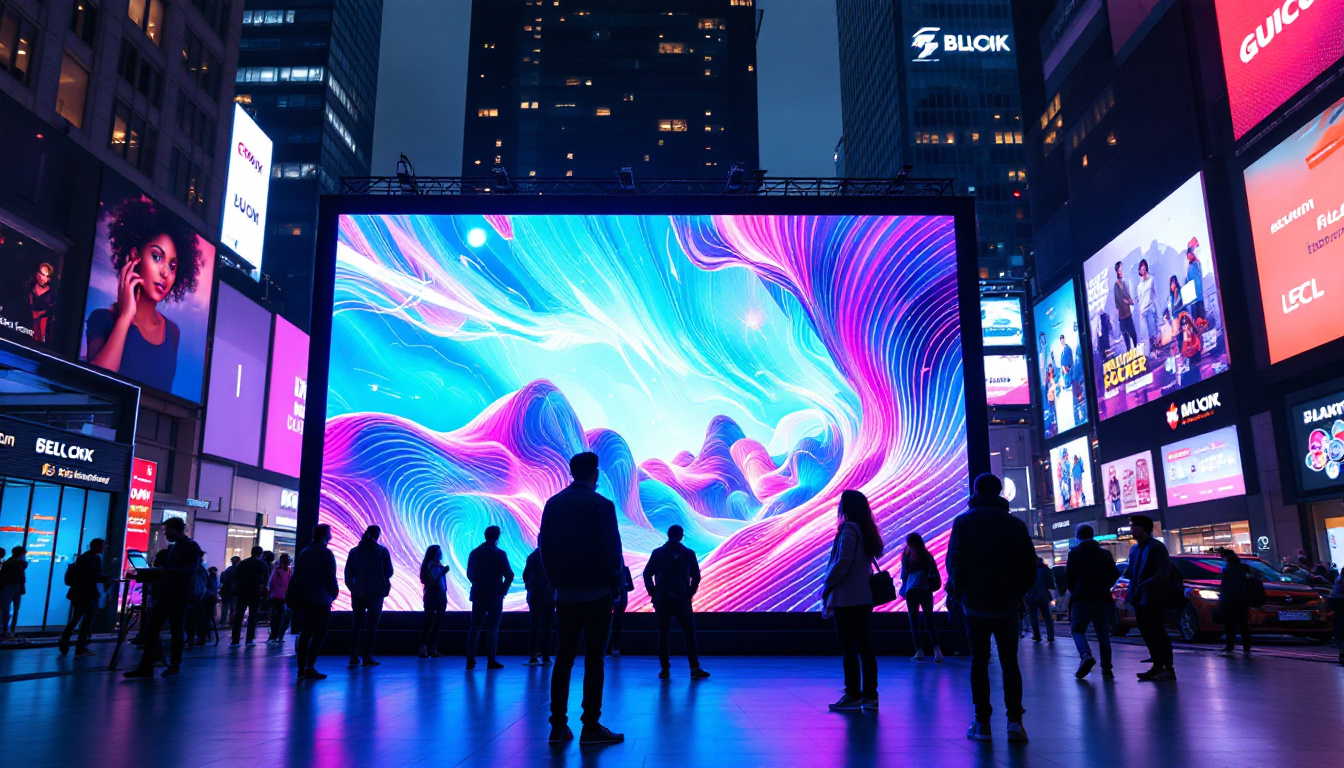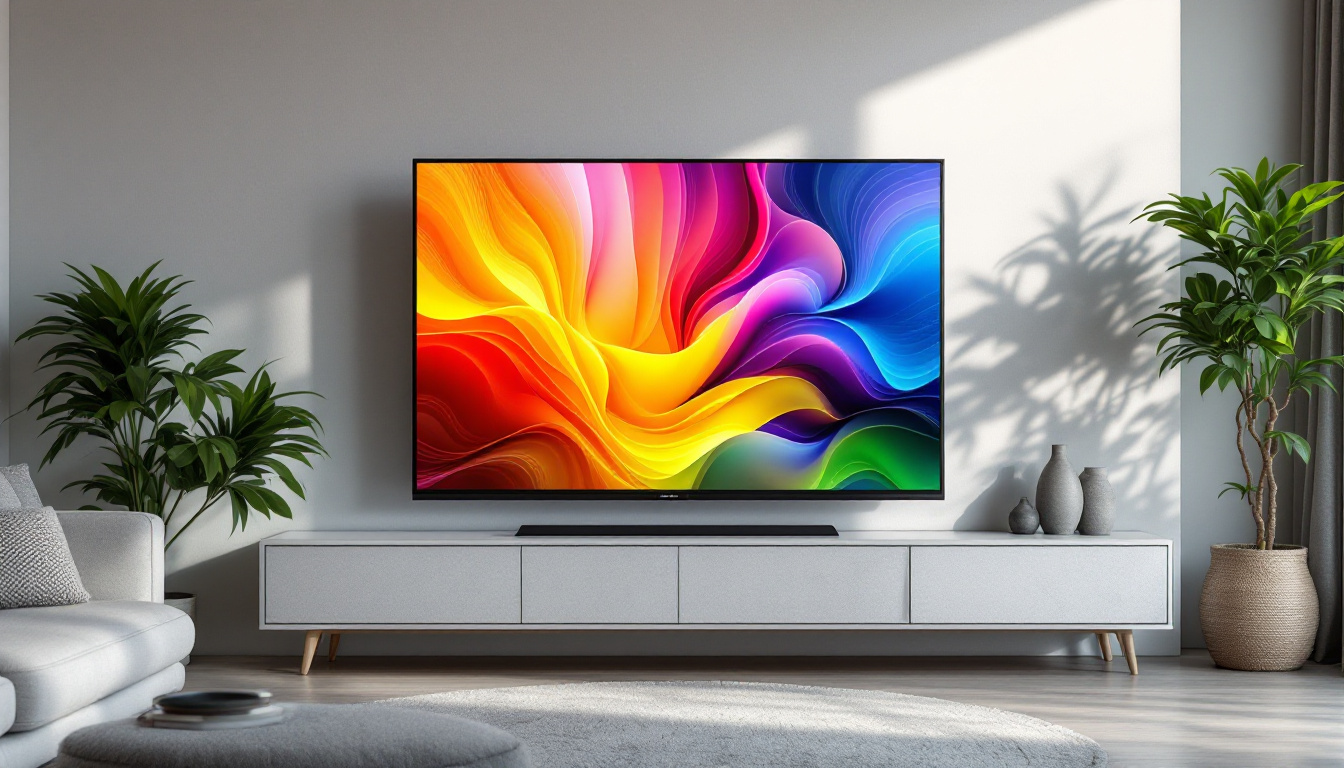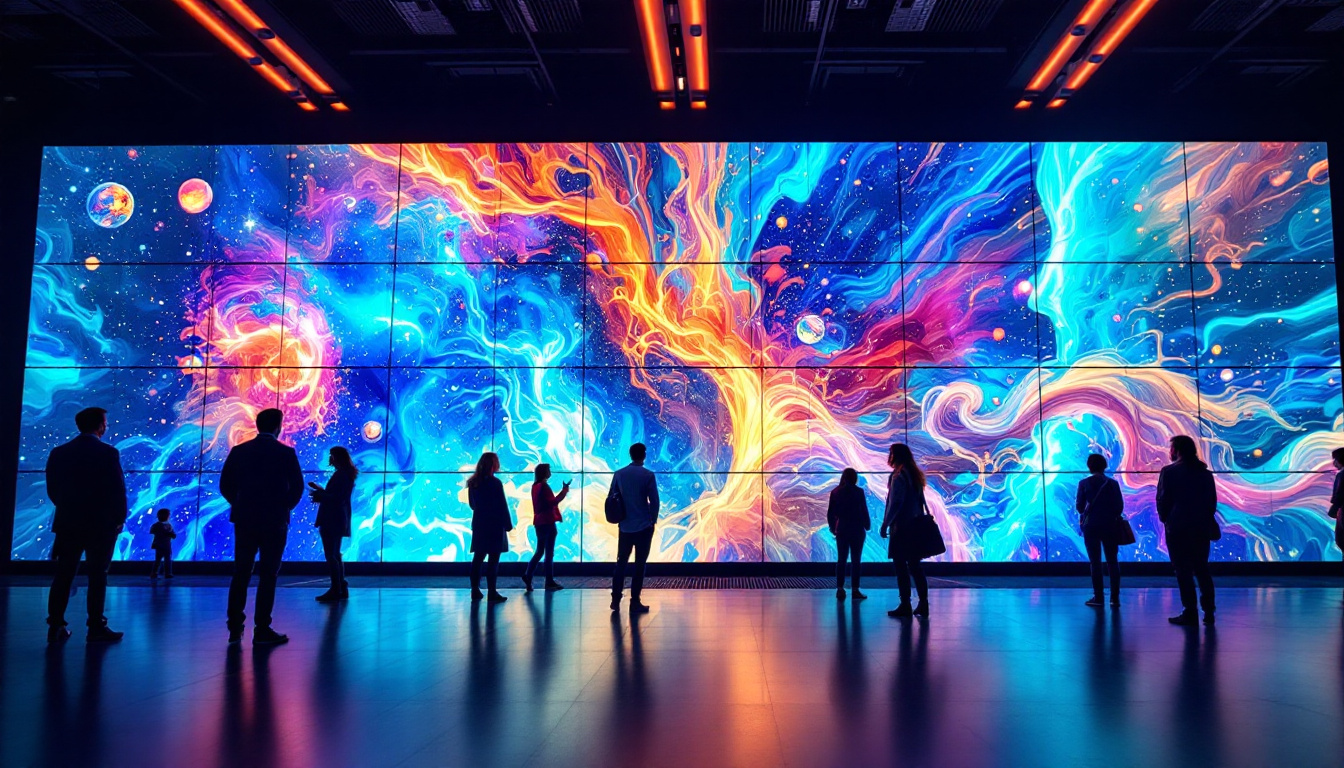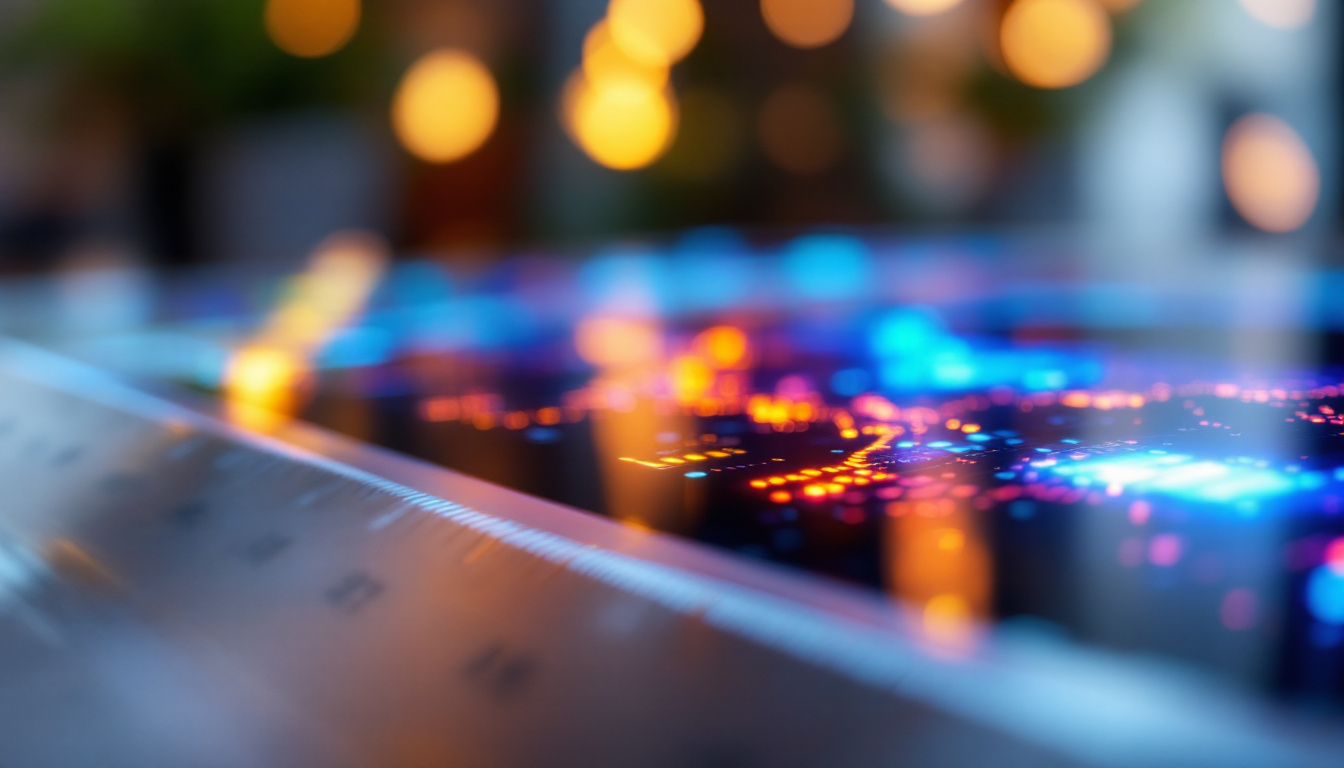In an era where visual communication is paramount, LED displays have emerged as a leading technology, transforming the way information is presented. From advertising billboards to indoor screens in corporate environments, LED displays are everywhere. This article delves into the intricacies of LED display technology, exploring its components, types, applications, and future trends.
Understanding LED Technology
Light Emitting Diodes (LEDs) are semiconductor devices that emit light when an electric current passes through them. The fundamental principle behind LED technology is electroluminescence, which is the phenomenon where a material emits light in response to an electric field. This innovative technology has transformed various industries, from consumer electronics to automotive lighting, and even architectural design, showcasing its versatility and efficiency.
The Basics of LED Functionality
LEDs are made from a combination of materials that create a p-n junction. When voltage is applied, electrons recombine with holes, releasing energy in the form of photons. The color of the emitted light depends on the materials used in the LED. For example, gallium nitride produces blue light, while gallium phosphide generates green light. This property allows for the creation of full-spectrum lighting solutions, where different colored LEDs can be combined to achieve a wide range of hues and shades, making them ideal for applications such as mood lighting and stage productions.
Advantages of LED Displays
LED displays offer numerous advantages over traditional display technologies. They are energy-efficient, have a longer lifespan, and provide brighter images with better contrast. Additionally, LED displays can be made flexible and lightweight, allowing for innovative design possibilities. The durability of LEDs also means they are less prone to damage compared to fragile LCD screens, making them suitable for outdoor environments and high-traffic areas. Furthermore, the rapid response time of LEDs enables them to produce high-quality video content with smooth transitions and vibrant colors, enhancing the viewer’s experience.
Moreover, the environmental impact of LED technology is significantly lower than that of conventional lighting options. LEDs consume less power, which translates to reduced greenhouse gas emissions when considering the energy production required to power them. Additionally, unlike fluorescent bulbs, LEDs do not contain harmful substances like mercury, making them a safer choice for both consumers and the environment. As the demand for sustainable solutions grows, LED technology continues to evolve, paving the way for more energy-efficient lighting systems that can be integrated into smart home technologies and urban infrastructure.
Types of LED Displays
LED displays come in various forms, each designed for specific applications. Understanding these types is crucial for selecting the right display for a particular use case.
Direct View LED Displays
Direct view LED displays consist of individual LED modules that are directly visible to the viewer. These displays are commonly used for large outdoor advertising and sports arenas. They provide high brightness and can be seen from a distance, making them ideal for attracting attention in bustling environments. Additionally, direct view LED displays are often modular, allowing for easy customization in size and shape, which is particularly beneficial for unique architectural installations or event staging. Their durability and weather resistance also make them suitable for outdoor use, ensuring that they can withstand various environmental conditions while maintaining their visual impact.
LED Backlit Displays
In contrast to direct view displays, LED backlit displays use LEDs to illuminate a liquid crystal display (LCD) panel. This technology enhances the brightness and color accuracy of the LCD, making it a popular choice for televisions and computer monitors. The backlighting can be either edge-lit or full-array, affecting the display’s overall performance. Full-array backlighting, for instance, allows for local dimming, which improves contrast ratios and provides a more immersive viewing experience, especially in darker scenes. Furthermore, advancements in LED backlighting technology have led to thinner and lighter displays, making them more versatile for various applications, from sleek laptops to ultra-thin televisions that fit seamlessly into modern living spaces.
Organic LED (OLED) Displays
Organic LED displays utilize organic compounds to emit light. Unlike traditional LEDs, OLEDs do not require a backlight, allowing for thinner and more flexible screens. They are renowned for their vibrant colors and deep blacks, making them a favorite in high-end televisions and mobile devices. The self-emissive nature of OLED technology means that each pixel can be turned on or off independently, resulting in exceptional contrast and viewing angles. This capability also enables innovative designs, such as curved and foldable displays, which are becoming increasingly popular in the smartphone market. Moreover, OLED technology is evolving, with developments aimed at improving longevity and reducing issues like burn-in, making it an exciting area of growth in the display industry.
Applications of LED Displays
The versatility of LED displays has led to their widespread adoption across various industries. Their applications range from advertising to entertainment, and even in critical environments like healthcare. The technology behind LED displays continues to evolve, allowing for even more innovative uses that enhance both functionality and user experience.
Advertising and Marketing
One of the most prominent uses of LED displays is in advertising. Billboards and digital signage utilize LED technology to capture the attention of passersby. The ability to change content dynamically allows advertisers to tailor messages in real-time, enhancing engagement and effectiveness. Moreover, LED displays can be programmed to target specific demographics based on time of day or audience analytics, making them a powerful tool for marketers. This adaptability not only maximizes visibility but also ensures that the content remains relevant to the audience, driving higher conversion rates.
Entertainment and Events
In the entertainment industry, LED displays are used in concerts, theaters, and sporting events. Their ability to produce high-quality visuals and operate in varying lighting conditions makes them ideal for live performances. Large LED screens often serve as backdrops, providing immersive experiences for audiences. Additionally, these displays can be synchronized with audio and lighting systems, creating a cohesive and dynamic atmosphere that enhances the overall experience. From dazzling light shows at music festivals to informative displays at sports arenas, LED technology is revolutionizing how audiences interact with live events.
Healthcare and Education
LED displays also find applications in healthcare settings, such as hospitals and clinics, where they are used for patient information systems and wayfinding. In educational institutions, LED screens serve as interactive learning tools, enhancing the teaching experience and facilitating better engagement among students. In healthcare, LED displays can provide real-time updates on patient status, appointment schedules, and even health tips, improving communication and efficiency. In classrooms, these screens can display interactive lessons, videos, and collaborative projects, fostering a more engaging learning environment. The integration of LED technology into these fields not only streamlines processes but also enriches the experiences of both patients and students.
Technical Aspects of LED Displays
To fully appreciate LED displays, it is essential to understand the technical aspects that contribute to their performance. Several factors influence the quality and effectiveness of an LED display.
Pixel Pitch
Pixel pitch refers to the distance between the centers of two adjacent pixels. A smaller pixel pitch results in higher resolution and clearer images, making it suitable for close viewing distances. Conversely, a larger pixel pitch is more appropriate for farther viewing distances, such as outdoor billboards.
Brightness and Contrast
Brightness is measured in nits, and it indicates how much light the display emits. High brightness levels are crucial for outdoor displays to ensure visibility in direct sunlight. Contrast ratio, on the other hand, measures the difference between the brightest and darkest parts of an image. A higher contrast ratio enhances image quality and depth.
Refresh Rate
The refresh rate, measured in hertz (Hz), indicates how many times the display refreshes the image per second. A higher refresh rate results in smoother motion and is particularly important for video content. Displays used in fast-paced environments, like sports events, typically require higher refresh rates to avoid motion blur.
Future Trends in LED Display Technology
The LED display industry is continuously evolving, with new technologies and innovations emerging regularly. Understanding these trends can provide insights into the future of visual communication.
MicroLED Technology
MicroLED is a cutting-edge technology that utilizes microscopic LEDs to create displays. This technology offers several advantages, including higher brightness, better energy efficiency, and improved color accuracy. MicroLED displays can be modular, allowing for customizable sizes and shapes, which opens up new possibilities for design.
Flexible and Transparent Displays
Flexible LED displays are gaining traction, enabling innovative applications in various fields. These displays can bend and curve, making them suitable for unconventional surfaces. Transparent LED displays are also on the rise, allowing for seamless integration into windows and glass surfaces, creating eye-catching advertising opportunities without obstructing views.
Integration with IoT and AI
The integration of LED displays with Internet of Things (IoT) technology and artificial intelligence (AI) is set to revolutionize the industry. Smart displays can adapt content based on real-time data, such as audience demographics or environmental conditions. This level of interactivity and personalization enhances user engagement and effectiveness.
Conclusion
LED displays have transformed the landscape of visual communication, offering unparalleled versatility and performance. From their basic functionality to advanced applications, understanding LED technology is essential for anyone involved in the industry. As innovations continue to emerge, the future of LED displays promises even more exciting possibilities, paving the way for enhanced communication and engagement across various sectors.
In summary, whether in advertising, entertainment, or education, LED displays are a powerful tool that can effectively convey messages and captivate audiences. Keeping abreast of technological advancements will be crucial for leveraging the full potential of this dynamic medium.
Discover the Future of Visual Communication with LumenMatrix
As you’ve seen, LED displays are reshaping the way we connect and communicate in our digital world. If you’re ready to elevate your visual presence and captivate your audience, look no further than LumenMatrix. Our commitment to innovation is reflected in our diverse range of LED display solutions, from Indoor and Outdoor LED Walls to specialized options like Vehicle and Sports Displays. Embrace the future with LumenMatrix’s advanced LED technology, designed to deliver your message with unparalleled clarity and impact. Check out LumenMatrix LED Display Solutions today and join the visual revolution.

